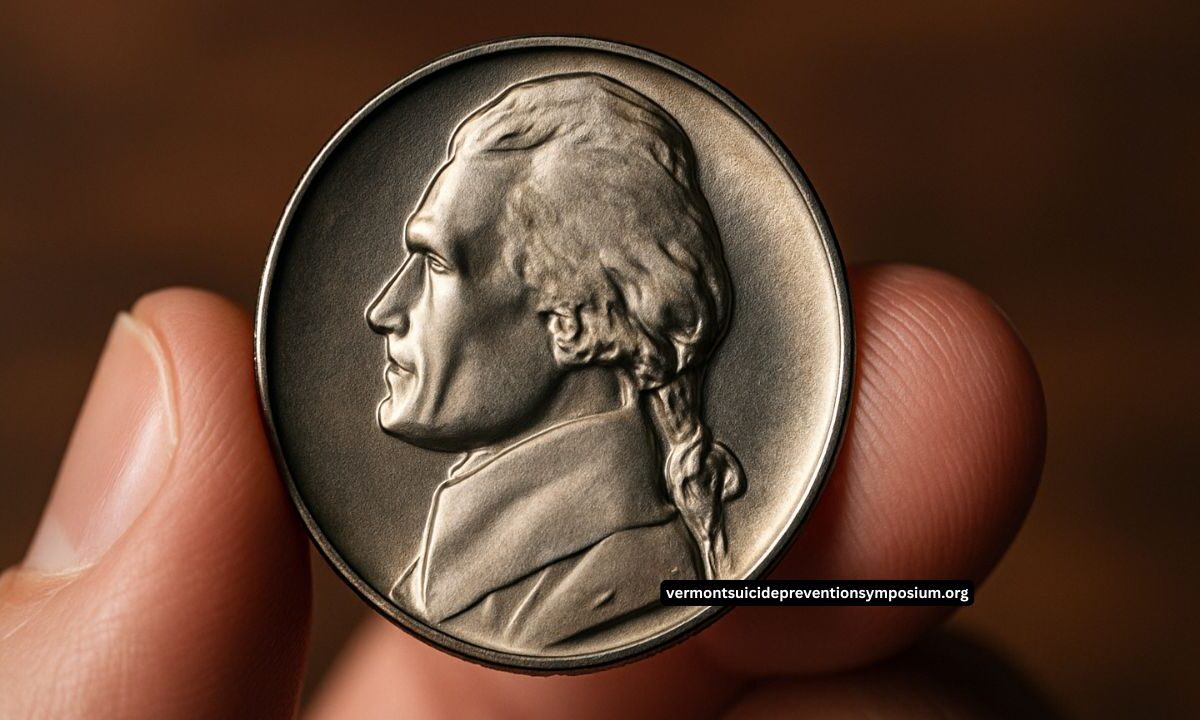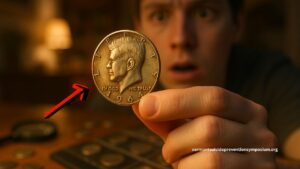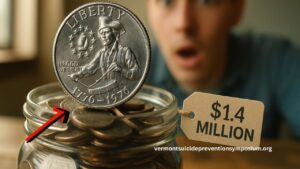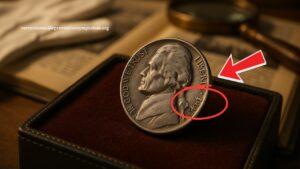It sounds like a legend—but according to recent reports, you could be holding a Jefferson nickel in your pocket valued at $3.2 million.
While mainstream numismatic references don’t confirm such a specific sale, this story circulates in coin‑collecting media as an extraordinary claim, suggesting a unique variant or test strike commanding a record price.
Why Some Jefferson Nickels Are Staggeringly Valuable
1. Ultra‑Rare Variants & Test Strikes
In the mid‑1960s, the U.S. Mint produced test pieces—coins struck to experiment with minting quality.
One 1964 Jefferson nickel, graded Special Mint State 68 Full Steps, fetched $41,231.25 at auction thanks to its flawless strike and crisp detail—a far cry from circulation pieces.
2. Historic Key Dates & Low Mintages
Some Jefferson nickels are rare because of extremely low production numbers. For example, the 1939‑D and 1950‑D Denver issues had mintages in the 3–5 million range and are key collector dates.
3. Iconic Predecessor: 1913 Liberty Head Nickel
While not a Jefferson nickel, the 1913 Liberty Head nickel remains legendary: only five exist, and specimens have sold for as much as $4.2 million in recent sales.
What Features Could Make a Nickel Worth Millions?
| Feature | Description |
|---|---|
| Test strike or prototype | Unique pattern or transitional strike pieces not intended for circulation |
| Full Steps on Monticello | Sharp relief showing all six steps—rare in well‑struck coins |
| Mint mark anomalies | Missing, overpunched, or mis‑positioned mint marks (e.g. “D/S” repunch) |
| Double die or error strikes | Minting errors such as doubled design elements or rotated dies |
| Exceptional grade (MS67–70) | Crisp, uncirculated coins with no wear and high collector value |
The $3.2 Million Claim: Possible Explanations
- The $3.2 million value may refer to an alleged unique test strike Jefferson nickel, perhaps from the same era and context as the 1964 specimen but commanding a far higher price.
- Alternatively, it might stem from private treaty offers or unverifiable rumors, popularized online by coin‑hunting blogs and channels.
Key Facts at a Glance
| Fact | Details |
|---|---|
| Reported value | $3.2 million based on recent media claim |
| Likely candidate year | Mid‑1960s, especially 1964 test pieces |
| Material composition | Standard: 75% copper / 25% nickel; wartime (1942‑45): silver alloy |
| Top grading | PCGS Special Mint State 68 (e.g. example sold for ~$41K) |
| Collector factors | Rarity, condition, strike quality, historical provenance |
While a Jefferson nickel commanding $3.2 million has not been publicly validated, exceptional examples—especially rare 1964 test strikes graded at SMS‑68 or higher—have sold for tens of thousands.
In numismatics, one small detail can turn a common coin into a hidden treasure. So examine your coins closely:
if you spot an unusual mint mark, error, or perfect relief, you might indeed be carrying a piece worth far more than five cents.
FAQs
Is the $3.2 million value proven?
No public auction has confirmed a Jefferson nickel sold for precisely $3.2 million. That figure stems from media speculation or unverified claims.
How can I tell if my nickel is valuable?
Inspect for sharp full steps on Monticello, accurate mint marks, test‑strike features, or clear error patterns—and consider professional grading if high potential is suspected.
What coin grades are most sought by collectors?
Coins rated MS67 to MS70 (Mint State) are most sought after—these are essentially flawless and command premium prices in the market.




